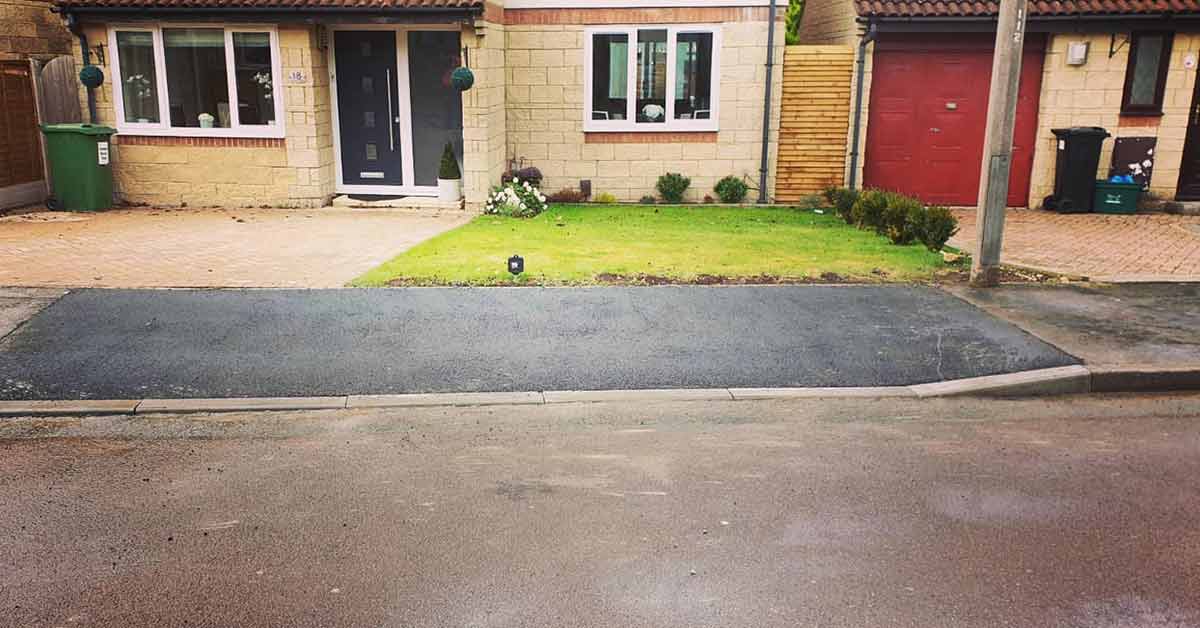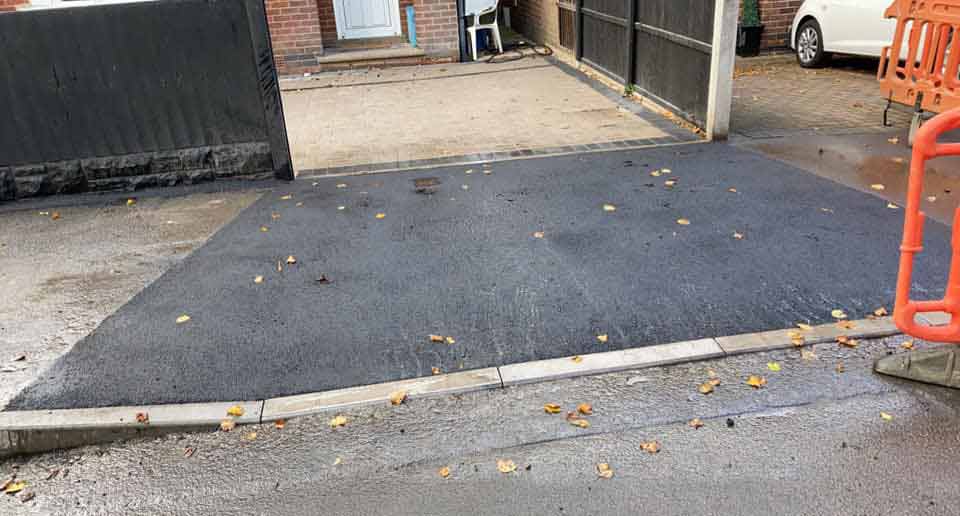Working with dropped kerbs can be a challenging task, but it doesn’t have to be. Installing or widening an existing dropped kerb is an important part of civil engineering and requires knowledge of the appropriate equipment and processes. With the right technique, engineers can ensure that the job is completed safely and efficiently.
In this article, we’ll take a closer look at how to widen an existing dropped kerb in order to increase accessibility for all users. By following these steps, engineers can help to create a more inclusive public space and provide greater independence for those who need it most.
Obtaining Permission From Local Authorities
Obtaining permission from local authorities is essential when widening an existing dropped kerb. This can involve appealing decisions or seeking advice if necessary.
It is important for civil engineers to research any regulations regarding dropped kerbs so that they do not fall foul of the law when carrying out their work.
This may include understanding what requirements must be met when widening an existing dropped kerb, such as ensuring the correct distance between them and other features along the road.

Measuring And Marking The Widened Area
Having obtained the necessary permission from the local authorities, it is now time to measure and mark out the widened area.
Special attention must also be paid to dealing with existing drainage systems in order for any changes to meet local regulations. This means double-checking factors like gradient and camber so that water can flow freely away from buildings and properties nearby.
As part of this process, it may also be necessary to remove any existing kerbs in order to create a suitable surface finish with adequate drainage capacity.
As such, there are many details that have to be taken into consideration when measuring and marking out an area that has been widened by dropped kerb construction. It is important to ensure all aspects are addressed correctly so that the final product meets expectations safely and reliably.
Excavating And Creating The Widened Kerb
Widening an existing dropped kerb is a complex process that requires an experienced eye, meticulous attention to detail, and careful consideration of safety precautions. From the first stroke of the shovel to the last brick laid, every step needs to be carefully planned.
Once all excavated soil has been removed and disposed of safely, it is time to begin installing edgings around the perimeter of the widened area. The next stage in this process involves applying a reliable sealant between edging stones as well as any other joints in order to create a water-resistant barrier which prevents erosion or flooding in the future.
Finally, once all edgings have been installed and sealants applied correctly, any loose soil should be swept away from the surface and replaced with durable, weather-resistant gravel if needed.
This ensures that when finished, the widened kerb looks neat and tidy and will provide safe passage for pedestrians for many years into the future.
Frequently Asked Questions
What Is The Minimum Width Required For A Widened Dropped Kerb?
The minimum width required for a widened dropped kerb is typically determined by local permit requirements, planning laws and the depth of the foundation needed.
Construction techniques must be done to the highest standards in order to adhere to legal implications.
It is important that civil engineers are aware of all relevant regulations before commencing with any work on widened dropped kerbs.
How Long Does It Typically Take To Obtain Permission From Local Authorities For A Widened Dropped Kerb?
When considering the permit process for a widened dropped kerb, it’s important to factor in council regulations, construction costs, layout plans, and environmental impact.
Typically, obtaining permission from local authorities can take anywhere from several days to several months depending on their workload.
To speed up the process, it’s suggested that you submit all of the necessary documents in a timely manner and be prepared for any potential delays.
Are There Any Special Requirements For The Excavation Process Related To A Widened Dropped Kerb?
When widening a dropped kerb, it is essential to ensure that proper drainage and site preparation are taken into account during the excavation process.
This includes vehicle access and soil stability, as well as pavement design considerations.
It is also important to adhere to local regulations with regards to the width of the kerb, as well as any other related requirements in order to ensure that the widening process is done safely and correctly.

Are There Any Safety Considerations When Widening A Dropped Kerb?
Time is of the essence when it comes to widening a dropped kerb, as there are several safety considerations that mustn’t be overlooked.
From taking drainage precautions to minimising traffic disruption, and ensuring the kerb’s stability during installation, each step in the process is crucial.
Not to mention the legal implications and costs associated with such a project – because one slip up can cost you dearly.
Conclusion
In conclusion, widening a dropped kerb requires careful consideration of several factors in order to ensure the job is done properly and safely.
The minimum width required for a widened dropped kerb should be determined before starting any excavation work.
It can take some time to get permission from local authorities, as they will need to consider the potential impact on traffic and pedestrians.
The materials used should be appropriate for the job, such as concrete or tarmac, and special requirements should be taken into account during excavation.
Finally, safety must be paramount when widening a dropped kerb – it must fit like a glove to ensure its stability, just like two pieces of a jigsaw puzzle snapping together.
With proper planning and execution, we can guarantee that these projects are completed with accuracy and efficiency.
Call us to get a price quote on a drop-kerb. Contact us today on 07595 510190 to receive a free quote or visit our website.



